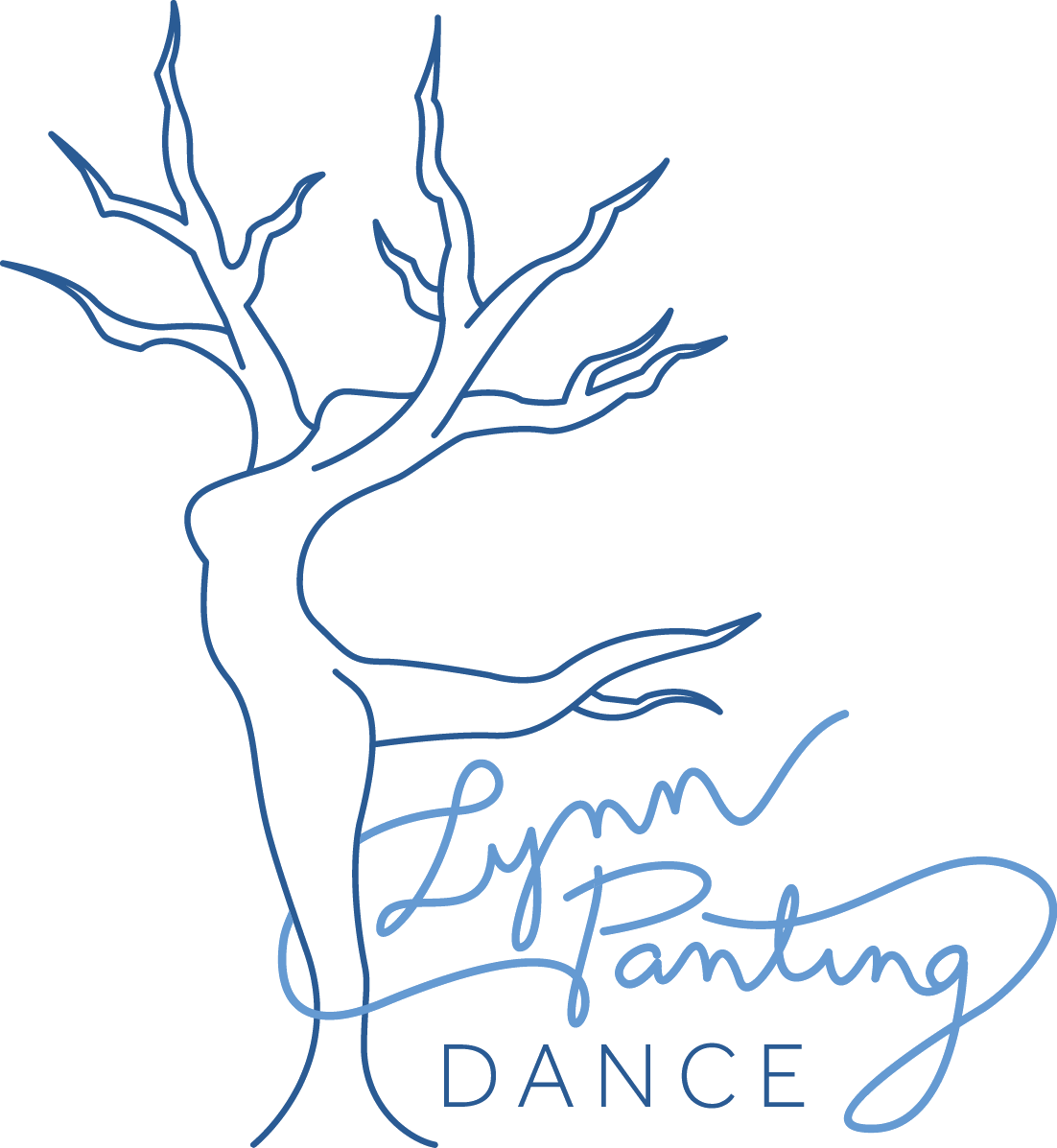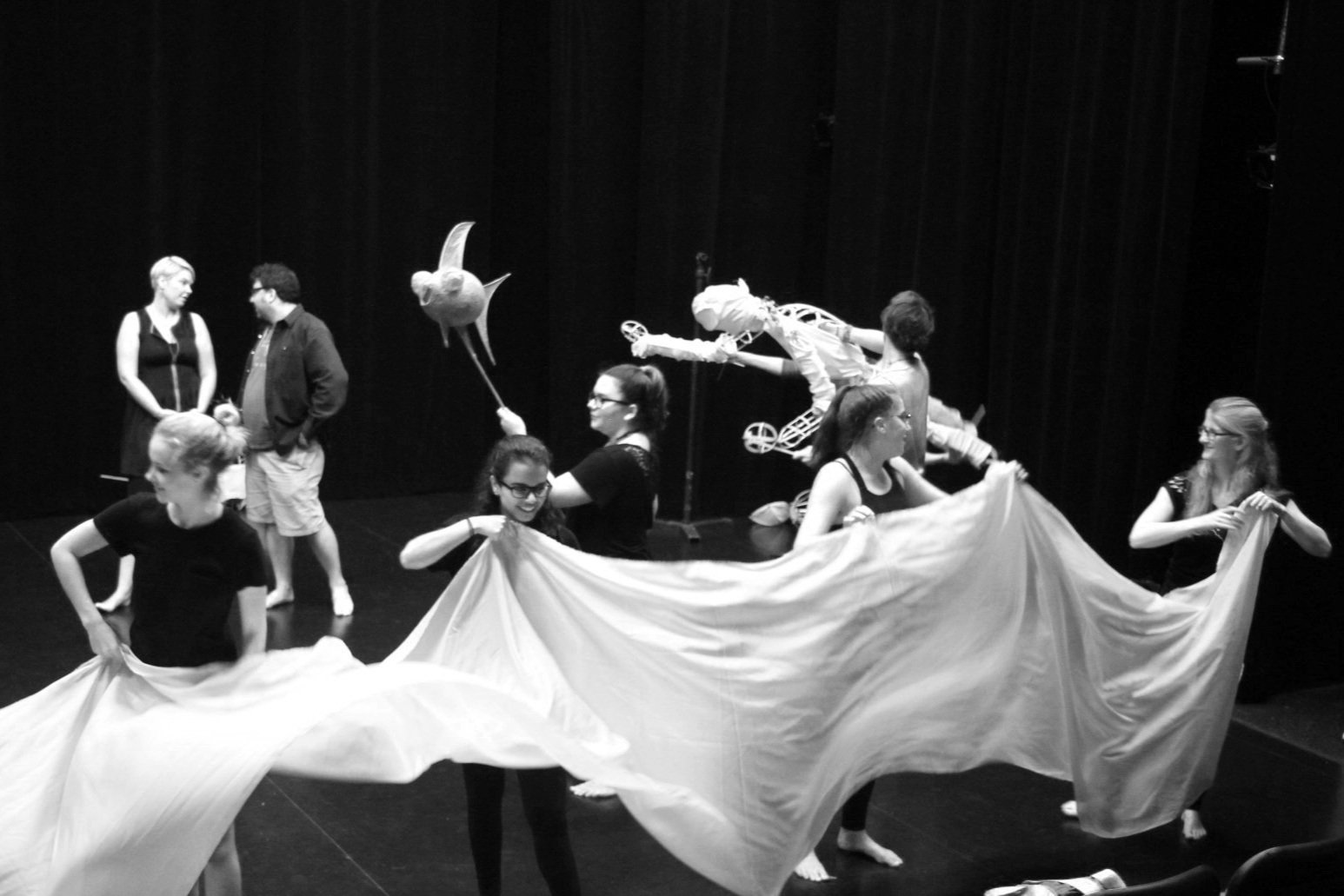Building the Ensemble: A New Approach to Connection in Performance
Ensemble building with David Lane, Jack and the World’s End Water, NL Puppet Collective, 2016
For me, the magic of a production is often found in the relationships onstage—the unspoken trust, the shared rhythms, the collective breath that turns a group of individuals into a world in itself.
This year, thanks to support from ArtsNL, I’m taking a deep dive into my ensemble-building practice. My goal? To refine, streamline, and articulate the methods I use to foster connection among performers while identifying the core exercises that work universally across different projects.
Why Ensemble Building Matters
Ensemble work reminds us of the power of collaboration. A strong ensemble isn’t just a group of performers who share a stage—it’s a network of trust and mutual support. When performers feel connected, they take greater creative risks, listen more deeply, and generate work that is more compelling and alive.
As a choreographer and director, I’ve always worked instinctively to cultivate this connection. But this project gives me the chance to analyze what works, refine the process, and create a structured, adaptable approach that I can bring to future productions.
What I’m Exploring
The Foundations of Connection
How do we create an immediate sense of trust among performers? I’m revisiting exercises that develop awareness, eye contact, breath synchronization, and group responsiveness—fundamentals that lay the groundwork for deeper collaboration.
Building Chemistry
Performers need to feel safe and confident enough to be vulnerable with each other. I’m examining how my intimacy direction tools can be adapted beyond romantic pairings, fostering chemistry in platonic, familial, and antagonistic relationships.
Tailoring the Process
Ensemble work looks different in every production. A Shakespearean play, a contemporary dance piece, and an abstract movement-theatre production require unique approaches. I’m exploring how to adapt my exercises to fit the world of the piece— while maintaining a core structure that remains consistent.
The Role of Play and Ritual
Play is a powerful tool for creating bonds and ritual fosters a shared sense of purpose. I’m experimenting with how shared physical practices can unify a cast and bring authenticity to their interactions.
What’s Next?
As I refine my approach, I’ll be working with a graphic designer to create an illustrated guide that captures my ensemble-building exercises. I plan to create two versions: one detailed guide for my personal practice and a condensed, accessible version to share with organizations and collaborators.
My goal is to make ensemble building feel as vital and intentional as any other aspect of a production. Connection isn’t just something that happens—it’s something we can cultivate with care, intention, and practice.
I look forward to sharing more as this project develops. If you’re interested in ensemble work, I’d love to hear from you! What exercises or approaches have you found most effective in building connection within a cast?


